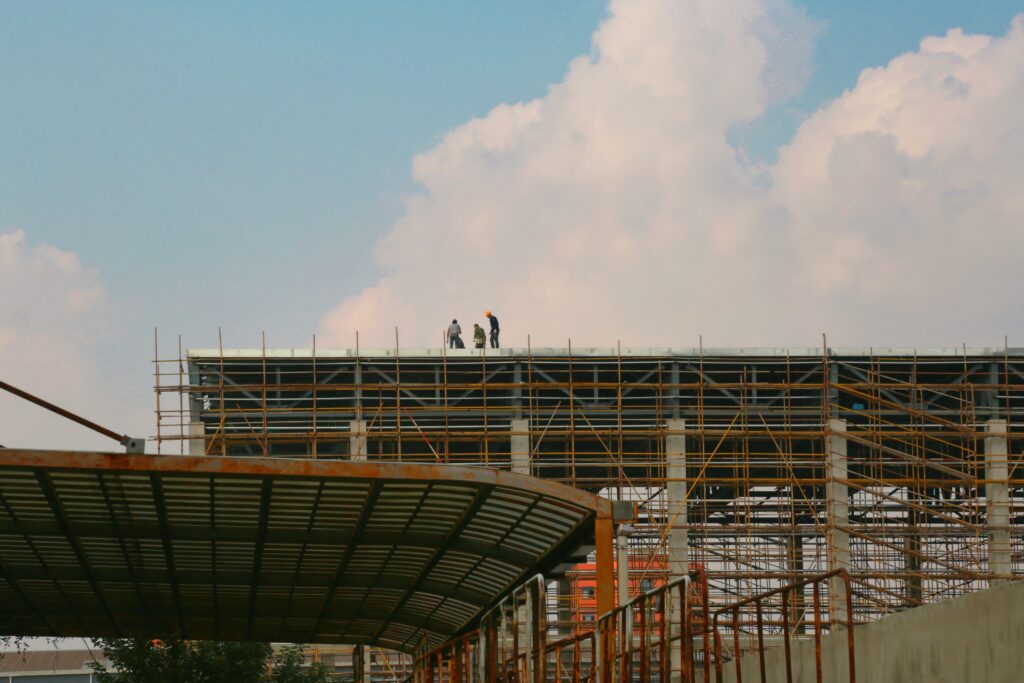Every aspiring contractor understands that a strong foundation—both literally and figuratively—is essential. Whether you’re fresh from trade school, transitioning from DIY projects, or scaling your business, understanding how to bridge the gap between skills and certification is critical. This guide unfolds the journey from concept to certification, shining a spotlight on NASCLA General Building training as a pivotal step in that journey, before you’re ready to launch your own licensed contracting business.
1. Licensing Landscape
To become a licensed contractor, one must first understand the regulatory requirements in your jurisdiction. Every state or jurisdiction has a licensing board and standards, and getting acquainted with these is of paramount importance. To start with, investigate the scope of work that each type of license covers, so that the projects you want to do are not outside the scope of permitted activities.
It is also necessary to understand that certain licenses are reciprocal or nationally recognized. They give them mobility and a wider range of opportunities. An example is the nationally recognized standard exam provided by NASCLA. NASCLA General Building training can help you gain an advantage as it helps you understand general state code requirements and may put you in a better place to succeed, even in the instance of varying regulations.
2. Developing Your Knowledge and Expertise
After understanding the regulatory requirements, the next thing is to increase your technical knowledge. Although the practical side of your skills is what you have based them on, the formal education closes the important loopholes in the background, especially in the areas of building codes, project planning, and business practices. The proper study materials will clarify the complex issues and reinforce the things that you may not have noticed in the fieldwork.
The NASCLA General Building training is uniquely prepared to follow the national blueprint of the exam, discussing such aspects of the field as project management, cost controls, and legal responsibilities in detail. Although grammar may not be perfect, using such a source, you can be sure that your knowledge of each area will correspond to the standards you will be asked.
3. Studying and Taking the Licensing Exam
Learning does not mean memorization, but rather internalizing ideas and knowing how to perform them when the pressure is on. The first step should be an evaluation of your learning style and developing a study schedule that will enable you to prepare gradually and progressively. Discuss every area of knowledge in small chunks of time, with sufficient time left to review and strengthen learning. 
Your best rehearsal for the real thing is the practice exams. They introduce you to the question format, time limit, and areas where you may need additional reinforcement. Whenever you make a wrong answer, review the answers after each practice, examining the reasons why the correct answers are correct. This develops pattern recognition and decreases anxiety during the test day.
4. Starting Your Licensed Contracting Company
You have your license now, and it is time to leave the certifying behind and start building. Your company becomes a brand that is more than a service. Begin with the legal and operational necessities: incorporate your company, insure it, prepare subcontractor contracts, and simple templates of bids and contracts. Such documents will safeguard you and your clients as you undertake actual projects.
Then build your presence in the market. Connecting with the local builders, suppliers, and trade associations increases your local profile. Customize your messaging to emphasize that you are licensed, reliable, and have mastered codes and standards. Recommendations, a professional portfolio of the work done, and guest speaking on local industry blogs or podcasts can make your new business instantly credible.
5. Keeping up and expanding
Getting licensed as a contractor is not an endpoint; it is a starting point. Technologies, building codes, and industry trends are changing continuously. Continue to learn. Be a participant in workshops, subscribe to trade publications, and be active in professional associations so that your knowledge—not just your license —is current.
Service diversification lends stability to your enterprise. After you are rooted in general contracting, think about specialty certifications training, such as energy-efficient installations, green builds, or even custom finishes. The broader your skill set, the more new markets and high-profile projects become available.
Conclusion
Making the shift from planning to building to managing a licensed contracting business may seem daunting, but it is a path with distinct milestones: learning the rules, earning the NASCLA General Building training certification, passing your exam, establishing business systems, and building on knowledge. Every stage is a building block of the previous one, where you will not only gain the technical qualifications, but also the operational expertise to succeed. Through hard work, good planning, and life-long learning, you are not only building houses, you are building a reliable, sustainable company.


